‘The Better Angels’ Review: A Beautiful Disaster
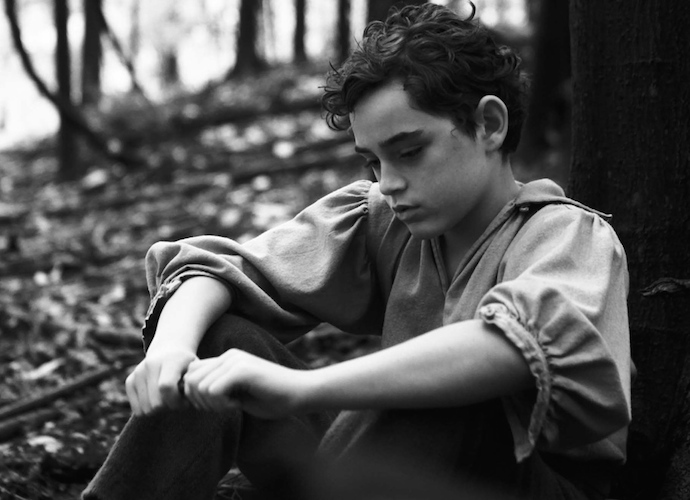
2/5
If one had to guess who directed The Better Angels, a romanticized look at Abraham Lincoln's childhood, one would certainly guess Terrence Malick. In fact, the film comes from first time director A.J. Edwards.
Of course, the resemblance to any recent Malick film should not be surprising. Edwards has worked closely with Malick on The New World and To The Wonder, as well as on an upcoming project, and Malick also served as producer on Edwards' directorial debut. Furthermore, the film follows the Malick tradition of being light on dialogue, heavy on the montage shots of nature, and The Better Angels even features the music of Tree of Life and To The Wonder composer Hanan Townshend.
The Better Angels aims to depict President Lincoln’s childhood, though just how accurate that depiction is, I’m not sure. The black and white photography gives the impression of both authenticity (black and white immediately signals old in most viewers) and surrealism (humans do not see the world in black and white, but in color.) But the photography is not what makes the film accurate or inaccurate, and, truly, the choice to focus on President Lincoln feels more like a marketing tool than anything else.
The film is composed of intricate shots of young Lincoln, played by newcomer Braydon Denney, as he wanders around the forest with his younger sister, his cousin, who narrates the film, and his parents – a mother who encourages his education, and a father who doesn’t understand him. When his mother, Nancy (Brit Marling), dies, his father (Jason Clarke) remarries, and Sarah Lincoln (Diane Kruger) takes over where Nancy left off, caring for Abe as if he were her own and encouraging his father to let young Abe attend school.
While the family dynamic provides a small amount of tension, and Clarke's performance hints at an underlying resentment Lincoln's father may have had towards his son, it can barely qualify as conflict. It does, however, provide Denney, Clarke, Kruger and Marling with a few rare opportunities to show off their abilities. Denney is mesmerizing, as are Marling and Kruger, who excelled surprisingly in the subtlety required of the role. That said, The Better Angels is not a film about actors, and the cast was, on the whole, used mostly as props. They were carefully placed within the frame and beautifully lit to maximize the timeless nature of black and white photography, creating portraits that could have just as well starred models instead of actors.
The film has little to no narrative, so Edwards relies mostly on his camera to move the film along. The Better Angels is littered with zoom, tracking shots, sweeping shots of nature and unorthodox angles. Edwards seems incapable of simply letting the camera sit still for longer than one scene, and the film is a disorienting experience, to say the least. I expect this kind of twisting camera from an action film, and normally it doesn’t phase me because, in context, it is a natural way to look at a fight or action sequence. Here, however, the moving camera was never following action, it was attempting to create it – constantly. The result is dizzying, like riding a roller coaster, only without the fun of the thrill. Frankly, it gave me vertigo and was so disorienting, I had to look away multiple times to give myself a break. In short: The Better Angels features pretty shots of pretty people, but offers little else than a few beautiful scenes to the viewer.
RELATED ARTICLES
Get the most-revealing celebrity conversations with the uInterview podcast!




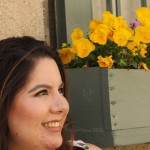
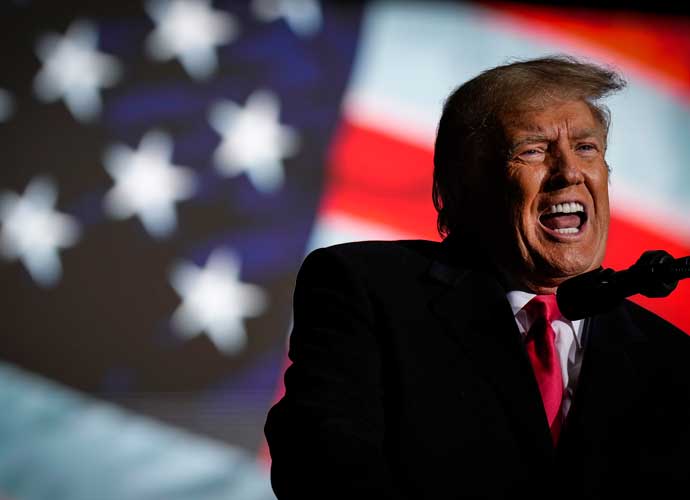
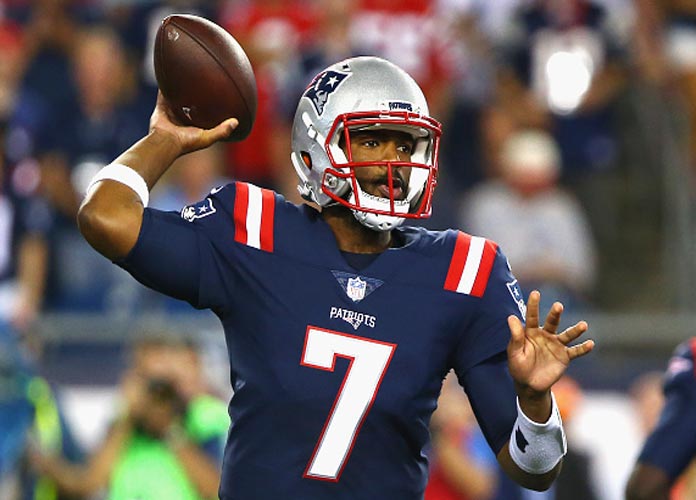
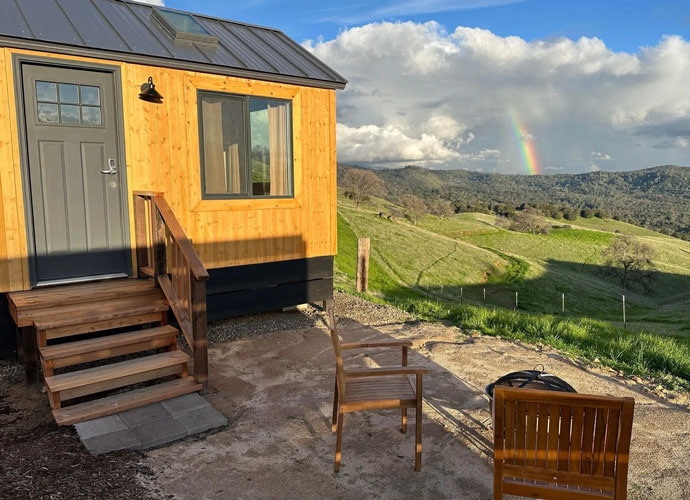
Leave a comment